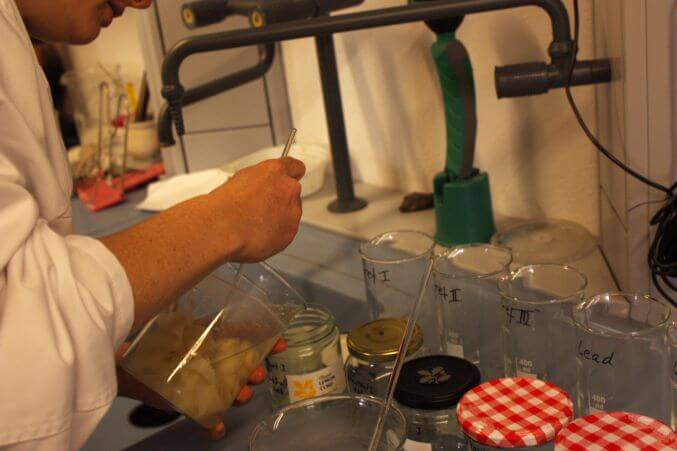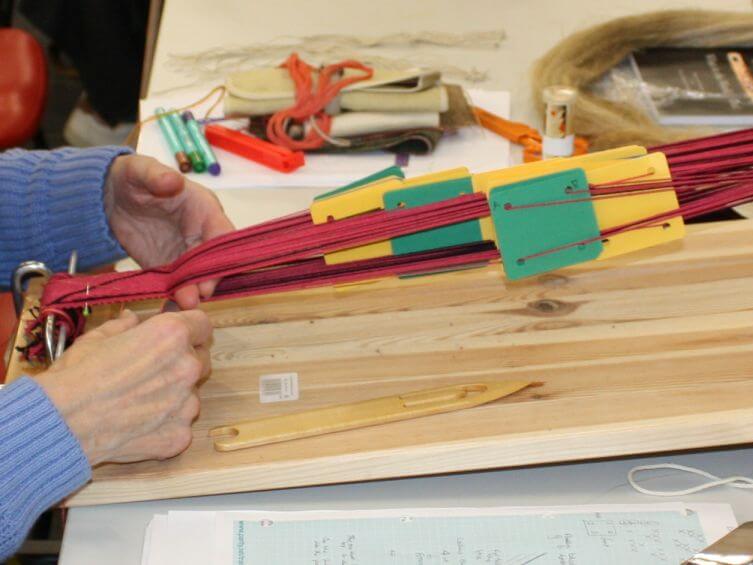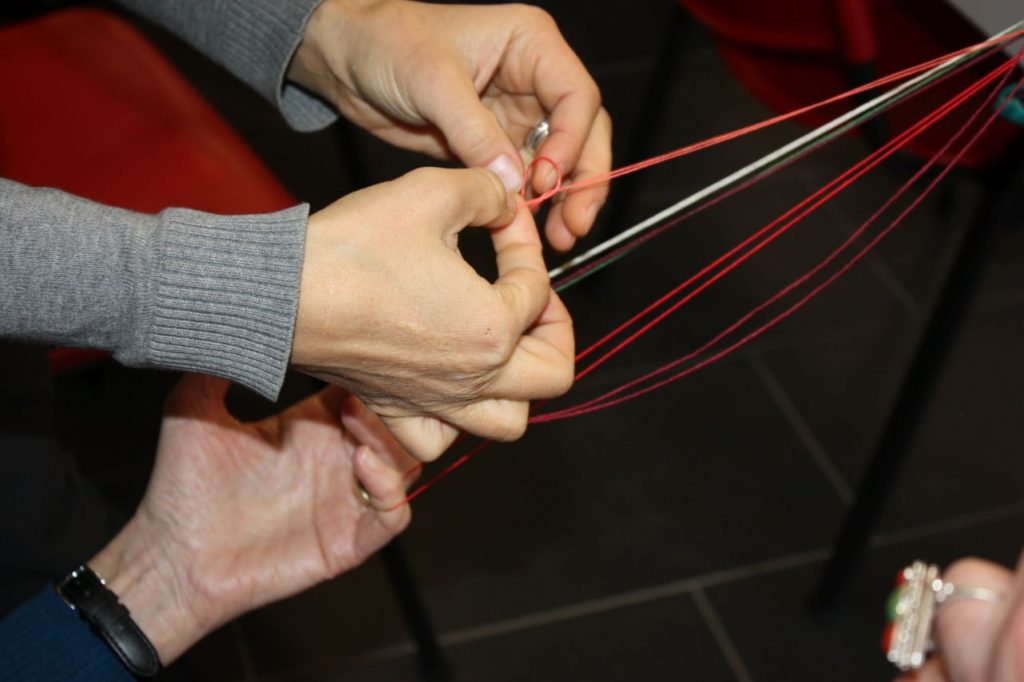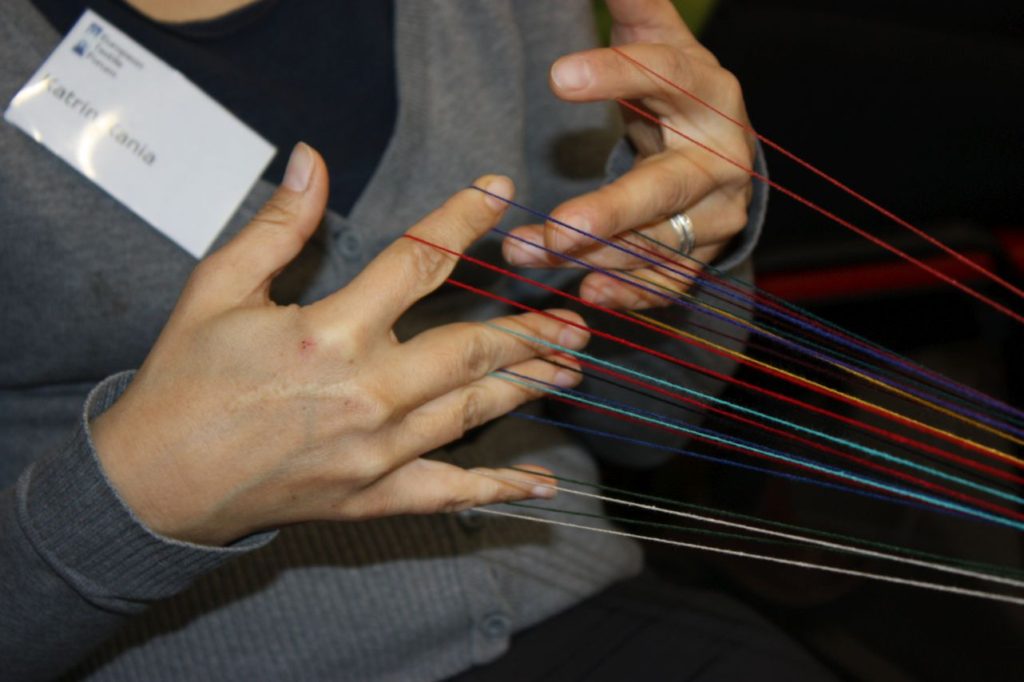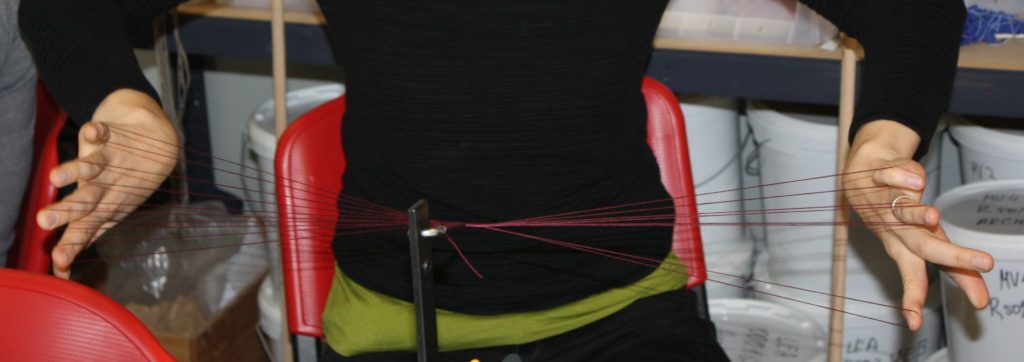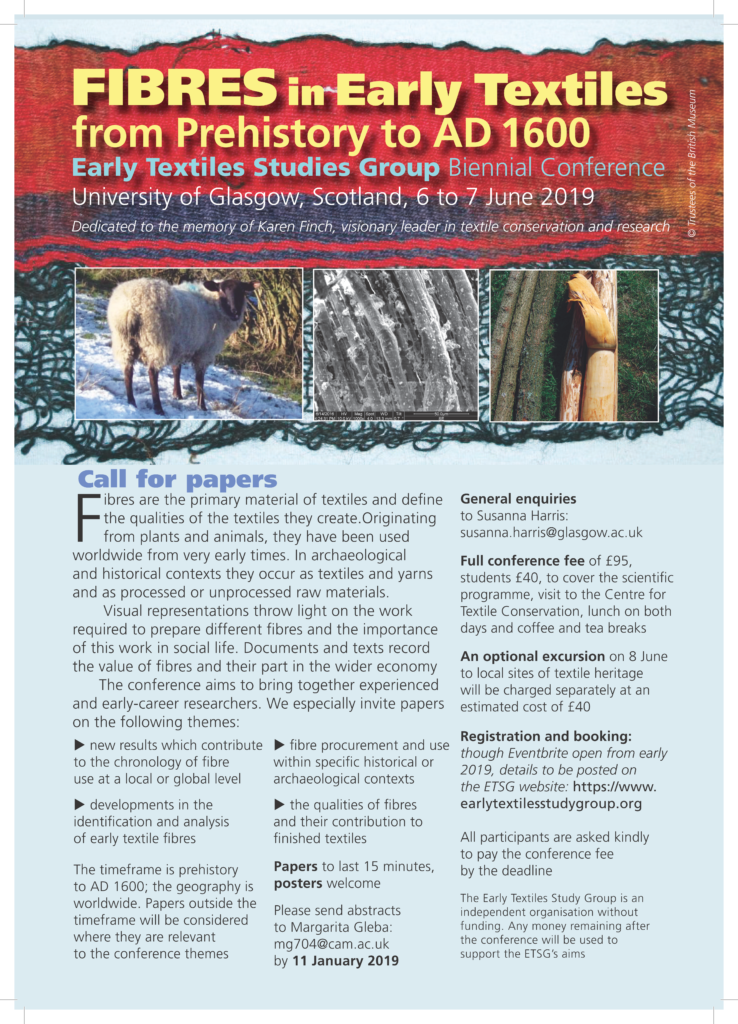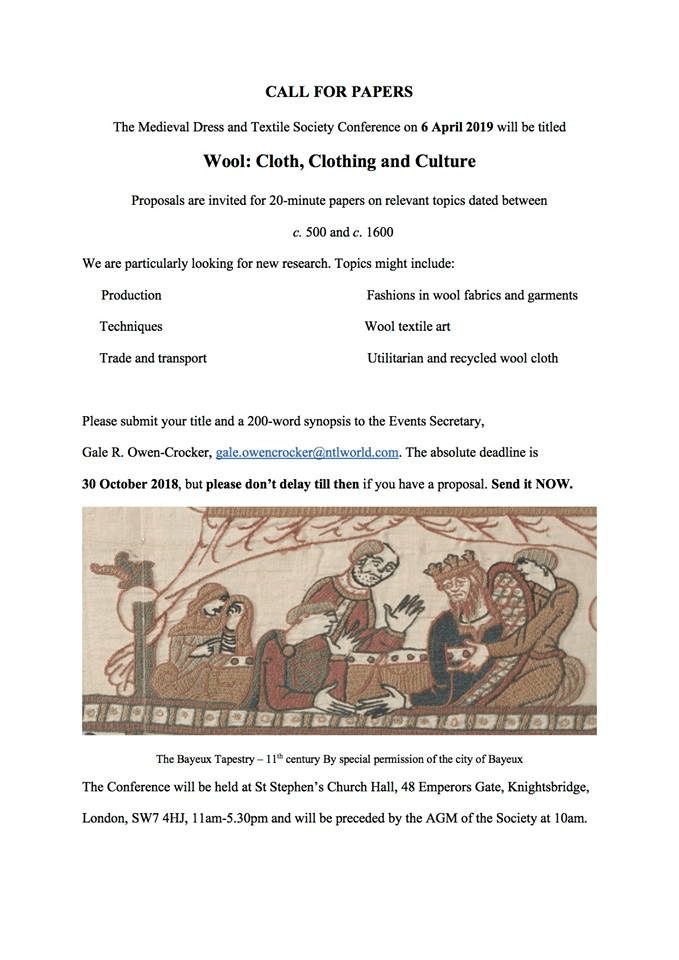Here are a few things for the German readers among you - with one bonus English article, so I'll start with that one:
A woman from a medieval monastery close to Paderborn has been identified as a scribe through blue residue in the dental calculus between her teeth. The residue comes from lapis lazuli stones, which were used as a pigment in manuscript illumination. Here's the German-language article at Spiegel about this, and here is the full publication of the research in English.
And on to German-only: There is a special exhibition called "Verehrt, verwendet, vergessen" at the Alamannen-Museum Ellwangen, which is running until April 28. It is looking at the Alamannen in the context of politics and (contemporal) history - a very interesting topic. You can find more information about it here.
Also at the same museum: "Lebendige Geschichte", a two-day workshop for Living History people on February 16 and 17. This year, focus topic of the workshop will be immaterial cultural goods - such as music or belief systems. Another focus topic will be how to handle visitors with extreme right political views, and I think it is a very good idea to include this. If you are interested, you can find more information here - registration deadline is February 10.
A woman from a medieval monastery close to Paderborn has been identified as a scribe through blue residue in the dental calculus between her teeth. The residue comes from lapis lazuli stones, which were used as a pigment in manuscript illumination. Here's the German-language article at Spiegel about this, and here is the full publication of the research in English.
And on to German-only: There is a special exhibition called "Verehrt, verwendet, vergessen" at the Alamannen-Museum Ellwangen, which is running until April 28. It is looking at the Alamannen in the context of politics and (contemporal) history - a very interesting topic. You can find more information about it here.
Also at the same museum: "Lebendige Geschichte", a two-day workshop for Living History people on February 16 and 17. This year, focus topic of the workshop will be immaterial cultural goods - such as music or belief systems. Another focus topic will be how to handle visitors with extreme right political views, and I think it is a very good idea to include this. If you are interested, you can find more information here - registration deadline is February 10.




